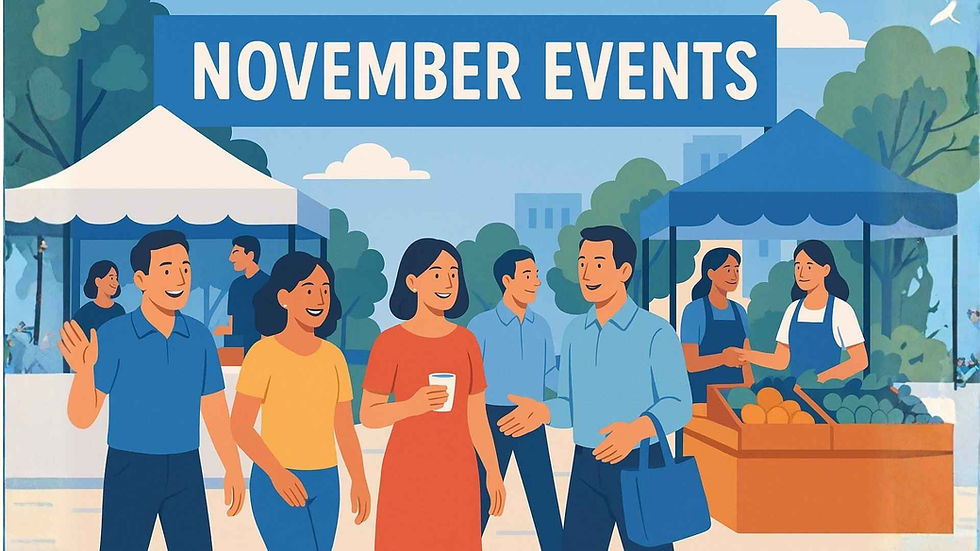Online Pharmacies Could Help Older Adults—So Why Aren’t They Using Them?
- Elder Love USA
- Jun 18
- 2 min read
At any given time, there are an estimated 35,000 active online pharmacies, according to the CDC.
A major reason for this surge is the rising cost of prescription drugs—largely due to a drug supply chain that is both complex and lacking in transparency.
Beyond the pharmacies themselves, there are multiple parties involved in the drug supply chain.
It includes drug manufacturers, insurers, and pharmacy benefit managers (PBMs) who act as middlemen. The PBMs negotiate drug prices with manufacturers on behalf of insurance companies. The system is so convoluted that a chart from CBS illustrating it appears more like a maze than a supply chain.

According to entrepreneur Mark Cuban, this complexity in the system is precisely what enables inflated pricing. To combat this, he founded Cost Plus Drugs, an online pharmacy that aims to cut prescription costs by removing middlemen entirely.
There are other digital platforms trying to solve the problem of high drug costs. For example, GoodRx helps consumers find the lowest price for their medications and provides them free discount coupons. A report from CNBC states that they make their through advertising and fees from PBMs
The cost of prescription drugs is a serious issue. According to Georgetown University’s Health Policy Institute, more than 131 million people—66% of all U.S. adults—use prescription drugs.
Unsurprisingly, usage and spending increase with age, making this issue especially relevant for older adults with chronic conditions.

The Barriers
Despite the potential benefits of online pharmacies and prescription discount programs, many older adults still aren’t using them.
According to a recent report from AARP, most older adults have never used an online pharmacy or discount site. While three-quarters of adults over 65 now report using the internet, 42%—especially those in rural areas—still lack broadband access.
Digital skills are another barrier. Some older adults don’t know how to navigate websites or troubleshoot issues. Others may struggle with reading or understanding the information presented to them.
There are also legitimate fears around fraudulent websites. According to the National Association of Boards of Pharmacy, of the estimated 35,000 online pharmacies, only about 5% comply with U.S. pharmacy laws and standards.

What Can Be Done?
The AARP report raises an important question: what can the different players in the prescription drug ecosystem do to lower these barriers? Could online platforms take a more active role in guiding and supporting older adults through the digital prescription process? What if they developed age-friendly apps and websites—with larger fonts, simplified navigation, and clear instructions—similar to how Uber created a more senior-accessible version of its app? As for the issue of fraudulent pharmacies, the FDA already runs BeSafeRx, an initiative designed to help the public identify legitimate online pharmacies. But could there be opportunities to expand its reach and increase awareness among older adults who may not know this resource exists?
As prescription drug prices continue to rise, it's critical that older adults have access to affordable alternatives—and that the barriers preventing access are addressed head-on.
Reliable, safe, and user-friendly online pharmacy options can be part of the solution, but only if older adults are equipped to use them.




Comments